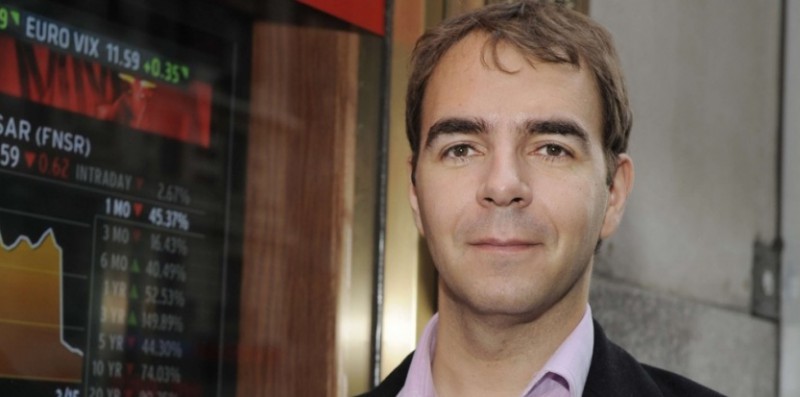By Guimar Vaca Sittic
It’s already common knowledge that the latest wave of marketplaces are vertical plays attacking horizontal behemoths like eBay or Craigslist. Disruptive online marketplaces not only connect demand and supply but enhance the experience in a way others can’t. Vertical marketplaces provide such enhancing dynamics that give them a comparative advantage versus horizontal ones. The problem is that not all vertical marketplaces are equally disruptive or defensible.
It’s important not to confuse the attack of a vertical which refers to a specific segment of the economy (e.g. cars, books, food,etc) versus a verticalized business model which refers to the vertical integration of production of a service.
Vertical marketplaces have 3 fundamental types of innovation: (i) verticalization (ii) aggregation (iii) automation.
A true vertical marketplace, as mentioned, are those who typically internalize processes in order to make transactions happen. These marketplaces not only aggregate demand and supply but make the matching experience fundamentally better. A good example is Beepi, the end-to-end car marketplace. Beepi not only skips the used dealers to help sellers find buyers but actively participates in the process from inspecting the cars to doing the title transfer and shipping. Food delivery company, Sprig, is another great example of true verticalization as they plan their food menu and manage their logistics network through their dispatching app. The more work these companies do the lower the gross margin from their take rate will be. Nonetheless, such action are typically needed to be able to fundamentally change the way supply and demand interacted before their existence. On the bright side, the aforementioned examples have one of the two key characteristics a vertical marketplace needs to have: either high order tickets or high frequency. Verticalized business models typically work best in segments where the current players have abussive profits like car dealers Beepi or real estate brokers (Compass, Redfin).
The second way marketplaces innovate is through aggregation. As the name suggests, these marketplace provide additional value by aggregating supply and (sometimes) demand. Classpass provides a lot more value to their users by aggregating supply under their unique pricing model. No single gym or chain can provide the same value by itself. Other examples of aggregation such as Cargomatic and Uber have very strong network effects as supply scales. The higher the fill rate and the lower the average pick up time, the more dominant they become. The best type of aggregation marketplace are those whose supply was inaccessible or non-existant to consumers like Airbnb.
There are also aggregation marketplaces with some verticalized components like Doordash or FlyCleaners. Both of them aggregate suppliers, restaurants and dry cleaners, but internalize part of the service by providing the logistics and delivery. In both cases, pure aggregation wouldn’t work because Doordash’s restaurants typically don’t deliver and FlyCleaners’ service providers don’t have the right infrastructure.
The last form of innovation is through automation. These marketplaces typically tackle inefficient markets by professionalizing them and building a trusted brand. Nonetheless, such marketplaces have lower network effects and a feeble customer loyalty. Concrete examples are those of Shyp, Handy and, the now defunct, Homejoy. Before these marketplaces, the customer experience was fundamentally broken with low service quality. This type of innovation heavily relies on stellar execution. A home cleaning marketplace becomes increasingly hard as it scales because it’s harder to keep high quality supply. Unfortunately, Homejoy expanded too fast and couldn’t control supply quality and thus had to cope with churn. Managed by Q is a company that operates in the same segment but a model which is fundamentally better given their cleaners are W2s to ensure quality of service. Managed by Q also understood the benefits of economies of scope in B2B clients that represents less churn and higher average order values.
Building a successful ‘vertical’ marketplace needs:
- To fundamentally improve the experience for all of the parties involved to be sustainable.
- Strong network effects as a consequence of user behavior and business model architecture.
- Have sustainable unit economics for supply and demand at scale
- Understand market dynamics to choose the appropriate type of innovation
- Provide on-demand service only when there’s a real need and don’t sacrifice profitability.
Understanding the nuances of the needs of customers is paramount to design the right marketplace infrastructure. Building an online layer is typically better than current solutions but sometimes just not good enough. Truly successful marketplaces don’t simply connect demand and supply, they fundamentally change the status quo.


